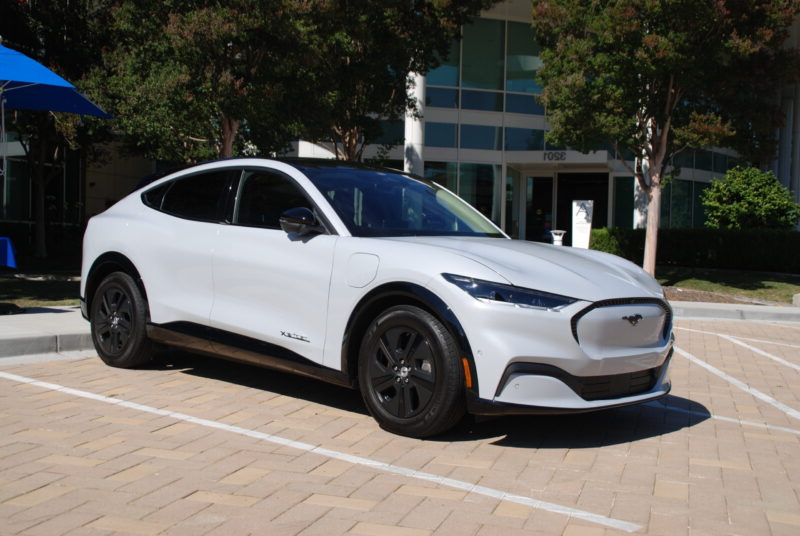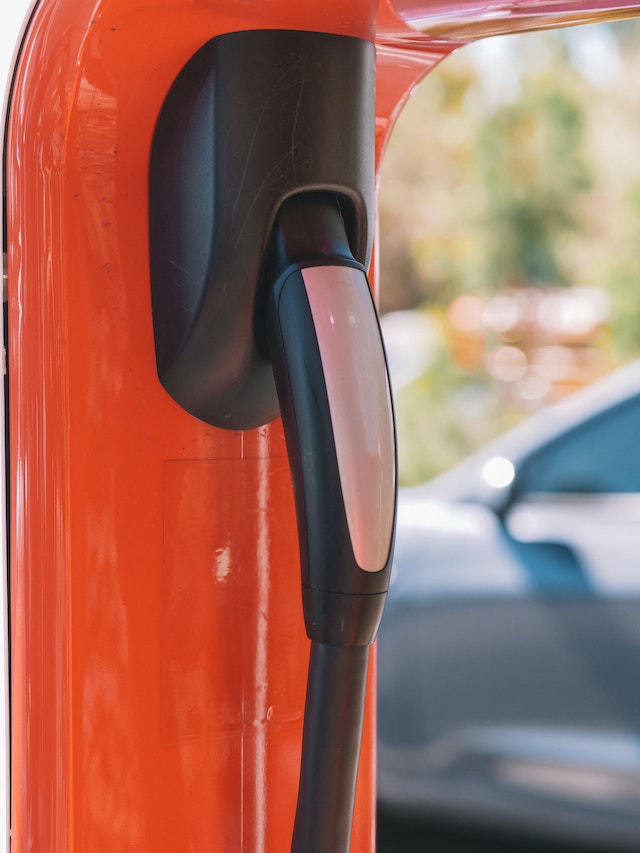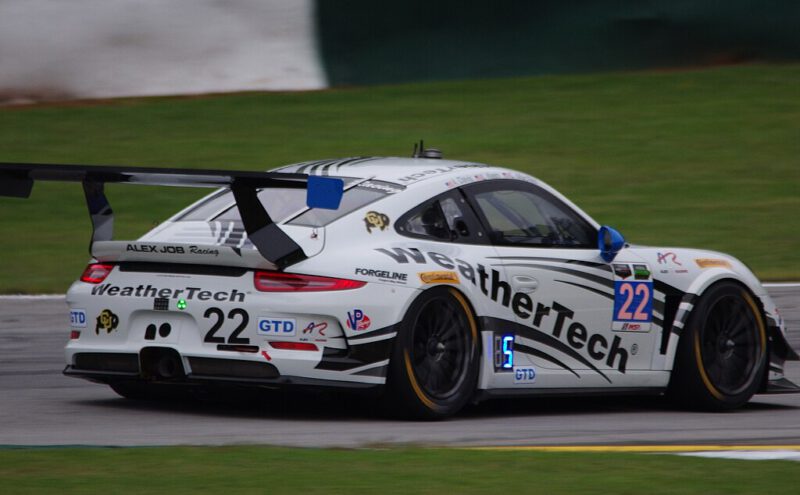Ready for the next step in EV batteries?

The promises of a lighter and cheaper battery that would give a longer range were elusive. It has always been fast, because large battery companies are making additional gains on each of the three fronts. We are still looking in this corner, but we feel like we’ll really get there this time.
This corner is a big one, tied with the jump of the batteries of Nickel-Metal-Hydride in lithium-ion a decade ago and a half. Rather than the incremental improvements that we have seen so far this century, this promises to be the one that gives a kick to electric vehicles in a still high adoption and a wider adoption as the range limitations are narrowed and that security problems are faded.
OEM investment
If it was just a matter of money, we would have found this corner some time ago. But even substantial investments in the past are overshadowed as a team of car manufacturers with battery companies to accelerate production for the expected explosion of the popularity of electric vehicles. Investments are stimulated by a variety of government mandates – some to reduce greenhouse gas emissions, others to subsidize electric vehicles and, more recently, to the American law on the reduction of inflation which will reward companies that use components of the United States or a trading partner.
This is a problem at the moment, because the reference mineral reports show that 73% of the world cobalt and 59% of lithium are treated in China. Over 90% of cathodes and battery anodes in the world are produced in China. This stimulates an unprecedented wave of investment in the production of American batteries as well as mining.
Toyota plans to spend $ 2.5 billion for a North Carolina cell production plant. Honda is a joint venture of $ 4.4 billion with LG Energy in Ohio. Panasonic, a longtime battery supplier from Tesla, is looking to build a $ 4 billion battery plant in Oklahoma. Tesla himself said he plans to potentially set up a lithium refining operation in Texas.

This follows massive investments of several billion dollars of General Motors, Ford and Stellantis to secure their battery supply chain in North America. Meanwhile, lithium exploitation is launching in the United States and hunting is underway for other minerals such as nickel. Salton Sea brine in California is a source. Nevada deserts are another. Billions flow in these companies and other mineral extraction plans to locate American American mineral resources.
The connections
The thrust to locate the entire battery system is by a variety of start-ups and certain established companies, almost all with substantial investments in automotive companies and suppliers. The areas of innovation decompose in two main areas-Batteries and materials in a solid state beyond the standard lithium-ion chemistry.
Solid Power has already started production in small volume of its batteries in Solid, contributing to the support of Ford and BMW. Quantumcape is supported by Volkswagen and promises its “soon” batteries. The new Vietnamese comer to the American market Vinfast works with Taiwan Prologium and there are speculations that the company’s new generation models could contain solid batteries. Vinfast also said that he would establish a battery plant near the place where he would locate his vehicle manufacturing operations. Li-metal corp. Out of Canada already works as a level 2 supplier, sending samples of its style of style in solid state to customers. He also works with Blue Solutions, a subsidiary of the French Bolloré group and says that he will have batteries in cars by 2026.

Then, there are companies like Toyota, which holds battery patents in a solid state than any of the major batteries or other automotive companies. A second distant from the tab by Nikkei and the result of patents was sometimes the partner of the Toyota Panasonic battery. Samsung from South Korea was the only non -Japanese company in the top 10, although the report noted that LG Chem and Samsung have considerably increased their patent portfolios in the past three decades.
The state of the solid state
All this intellectual activity and this money have moved the needle, as shown by close market forecasts for technology. The European Environmental Group Transport & Environment has studied semiconductor batteries and found that – if the most sustainable materials are used – this type of battery could reduce the carbon footprint from a car up to 39%. Caution has been indicated – the solid state batteries actually require 35% of lithium more than their predecessors, although they use much less cobalt and graphite. This could affect prices and the promise of more power power at lower cost.
Pushing to the solid state and a simultaneous decision to reduce the environmental footprint of mining operations, have stimulated new developments in the fields of mining and recycling. Ion mineral technologies have recently emerged operations in stealth mode and accelerates the production of nano-silicium, which can be used to replace graphite, promising increased energy density and faster load speeds.
Tesla’s new generation batteries were delayed until 2023, according to Reuters, but when production problems are overcome, they should lead to a $ 5,000 reduction in battery costs. It would be half the cost of current generation batteries.
Another way to attack mineral shortage and reduce costs is to use recycled battery components when it deteriorates and is no longer able to operate as a automotive battery. JB Straubel de Tesla left the company he helped to find to get into the battery recycling sector. Another company to move into space, ascends, has the support of Jaguar Land Rover and the South Korean SK Conglomerate group. Ly Cycle Holdings is another new company that moves into this space.
Alternative to the solid state
New battery chemicals can give a semiconductor batteries for your money. The CEO of Addionics Moshiel Biton, a battery expert, analyzed the different alternatives.
Lithium-Phosphate (LFP) batteries are safe and light, but less dense with energy than certain other options. Byd and Tesla, two of the largest electric vehicle manufacturers in the world, are fans.
Lithium-Nickel-Manmanganais (NMC) batteries are more expensive than LFP, but offer higher energy density. There are concerns about high temperatures that could cause safety problems. LG works on unlucky versions of the battery.
The use of more silicon to replace graphite is an approach during trial. The concern of this approach, which Tesla explores, is that, even if it is much cheaper than current chemistry, it may not be as stable or lasting as other chemicals.
Sodium-ion batteries are a new approach that uses cheaper material. Sure than LFP batteries, they have lower energy density. The Chinese battery manufacturer Géant Catl works to improve this chemistry.
Then there is a solid state
This checks all the boxes – safer, more dense in energy, capable of loading faster, of greater range and a longer lifespan, but it is a current deadly defect (other than not being in production) is a cost. It is still much more expensive to produce than other chemicals, but given the amount of money paid in this area, progress must be made relatively quickly. This corner that we talked about earlier should be before the end of the decade.
It is urgent because the costs of materials – led by lithium, cobalt and a variety of other critical materials – soar and bring up the PS prices rather than down as the production increases. This corner, whether use in semiconductor batteries or simply a more advanced battery chemistry cannot come too early.



Leave a Comment